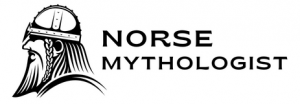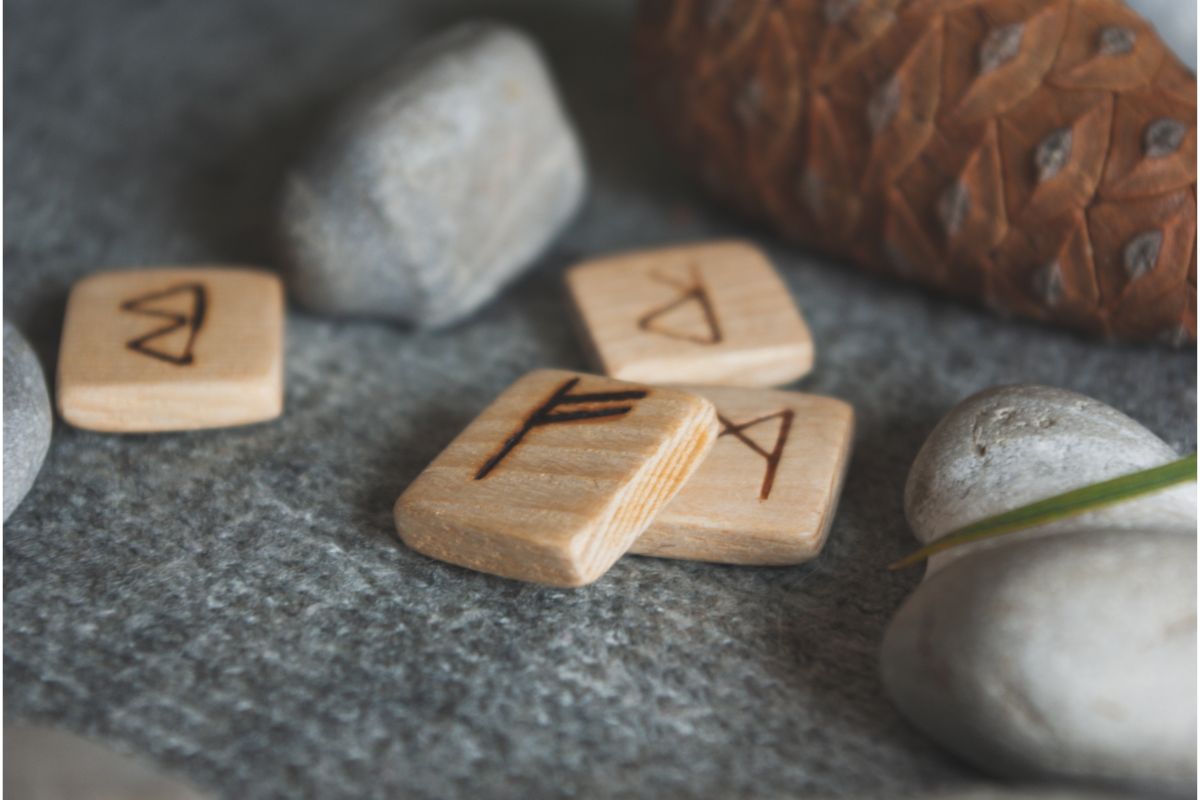Even though Elder Futhark was replaced with Latin when Christianity infiltrated the land of the Germanic peoples, the Norse runes of protection and many of the Norse rune symbols and sigils are still used today by modern Germanic pagans. The most common protection runes include Isa, Algiz, Eihwaz, Ehwaz, and Thurisaz.
The Norse runes originate from the runic alphabet, also known as Elder Futhark. According to ancient Norse sagas, Odin admired the powerful runes under the World Tree of Yggdrasil and hung himself from it until the meaning of the runes was revealed to him.
9 Popular Protection Runes
Norse runes of protection, talisman, and amulets were used by Vikings, of course, to offer aid and protection in battle. The Vikings of Sweden carved these symbols into their shields, staves, and weapons to provide security in action.
While battle-ready Vikings primarily used them, they were also used by everyday people of Scandinavia and Iceland for daily troubles outside combat.
1. Isa
The Isa rune is one of the most popular and versatile in Nordic lands. It quite literally translates to ice.
In practical uses, it signifies winter or cold, but it can also be used to fend off forces of evil. Since cold, icy winters are brutal to withstand, it often signifies perseverance and strength in adversity.
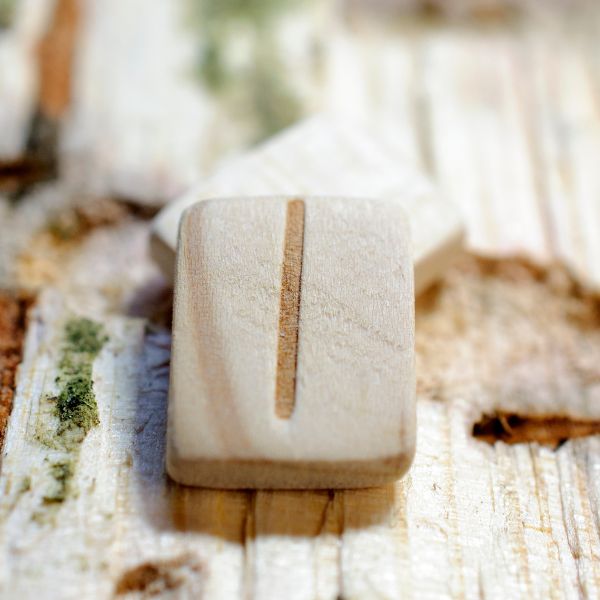
2. Algiz
The Algiz bindrune has a simple shape that looks like an antler. It translates to elk and provides protection or defense in battle.
For warriors and spell casters, this rune can create a shield around the warrior to provide additional protection.

3. Eihwaz
The Eihwaz rune looks like the letter Z, which symbolizes the connection between the mortal world and the tree of life or the Yew tree. The top of the Z represents the world tree, the bottom of the human world, and the line between establishes a connection.
This rune of protection is often used to summon the help of the gods or guardian angels.
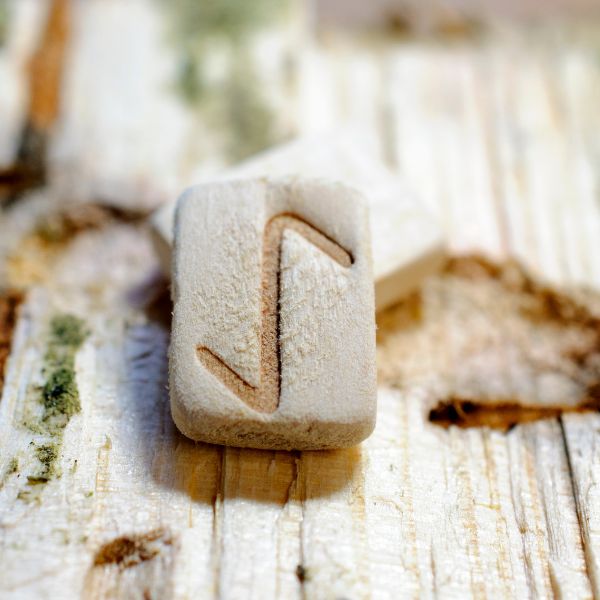
4. Ehwaz
The Ehwaz rune, which looks like the letter M, is one of the more popular runes of the proto-Germanic peoples. It translates to horse and has a few unique meanings.
As a rune of protection, it can aid a warrior in battle or someone facing a tough challenge. As the symbol for a horse, it is often used to represent loyalty or friendship.
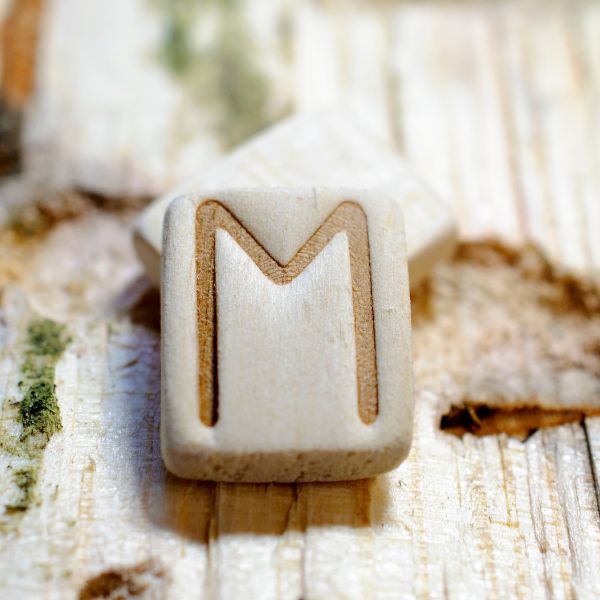
5. Thurisaz
As the symbol suggests, Thurisaz translates to ‘thorn’; as a symbol of protection, this sigil is invoked for defensive purposes.
While it’s used to offer defense during battle, it’s also utilized to provide courage or perseverance in the everyday challenges of non-Vikings.
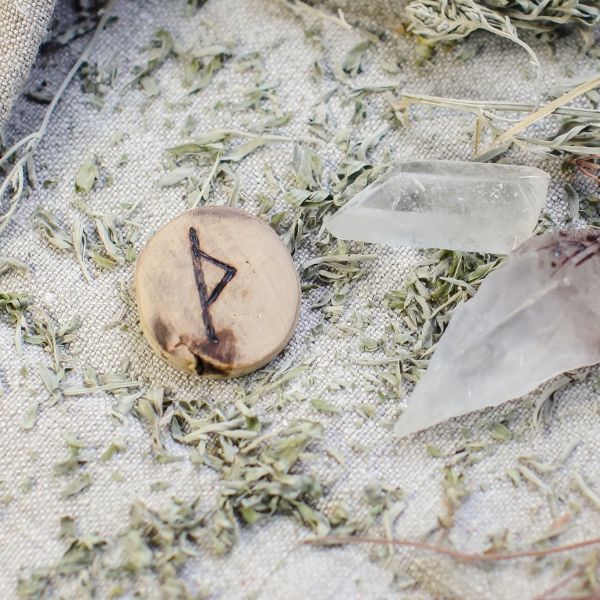
6. Teiwaz
The rune Teiwaz is derived from the old god Tyr. While there isn’t much known about the god, Tyr was the son of Odin and known as the god of war.
Viking warriors most commonly used it to summon the strength and courage of the god Tyr while in battle.
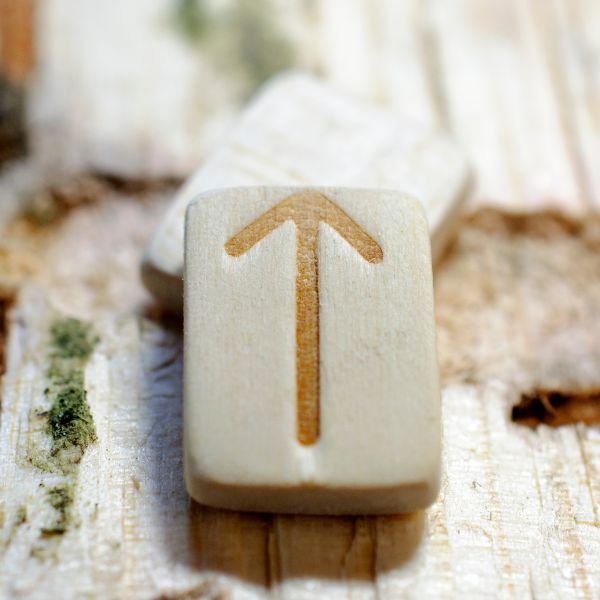
Protection Symbols
7. Mjölnir
The ancient symbol of Thor’s hammer, Mjölnir, gained popularity as a rune only after the Christians landed in Northern Europe. The Germanic people noted the sign of the cross in the Christian religion and adopted Thor’s hammer (shaped similarly to that of a cross) as a runestone of protection.
These Viking runes summoned the might of Thor’s power and aided in safety and strength.

8. Vegvisir
Vikings often painted the runestone of Vegvisir, a compass, on the front of their shields. Icelandic people translated Vegvisir to mean ‘way-finder,’ and it helped Vikings navigate through rugged terrain, protection from bad weather, and protection while navigating long journies.

9. Aegishjalmur
Aegishjalmur, also called the Helm of Awe, serves double duty for Vikings. When carved on a weapon, it is believed that this rune deflects attacks from enemies like a magic shield.
Other tales in Norse mythology find that this rune can also help summon aid and strength from the Æsir gods when in battle.
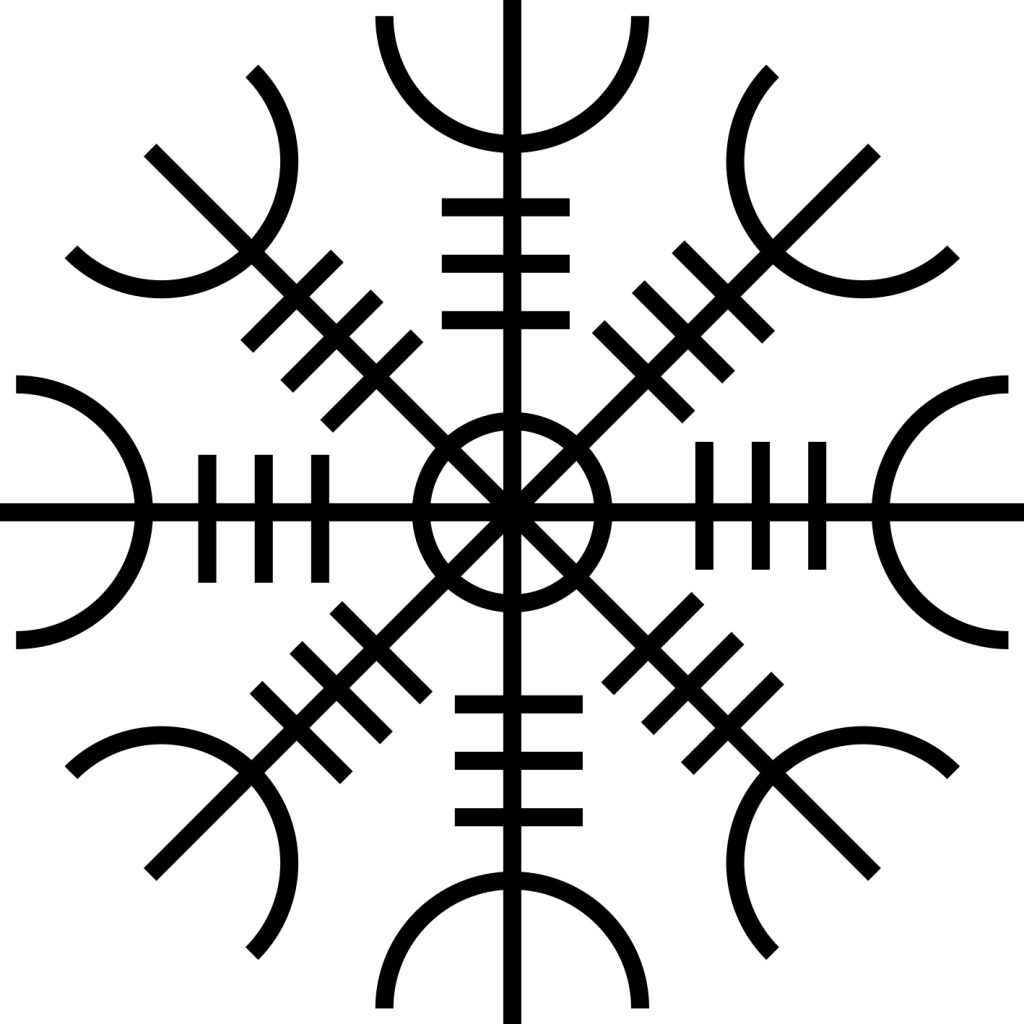
Other Norse Symbols Meaning Protection
The above-listed Norse runes for protection are some of the most popular runes used by Proto-Germanic peoples. However, many more runes and runestones were used by warriors and non-warriors to aid in anything from good health to divine protection and fertility.
Some other noted runestones and their rune meanings include:
- Dagaz: stability and balance
- Laguz: wisdom to go with the flow
- Ingwaz: summons the goddess of fertility Freyr
- Hagalaz: strength through a temporary adversity
- Wunjo: aid in living a life filled with joy
- Othala: feeling a sense of belonging within a community
- Raidho: aid in achieving success in your goals
- Jera: bountiful year, bountiful harvest
*Also, make sure to check my article on Norse runes for love.
Are Norse Protection Runes Still Used Today?
Elder Futhark runes took a backseat when Christianity arrived in Northern Europe and was replaced by Latin. However, there was a resurgence of Norse paganism in the modern era, and these ancient runestones had a bit of a comeback in the 20th century.
While runic inscriptions aren’t carved into weapons by battled hardened Vikings anymore, they are more often used in pagan rituals and even as tattoos.
Modern pagans use these ancient Viking runes of protection to offer aid and healing for more contemporary problems.
